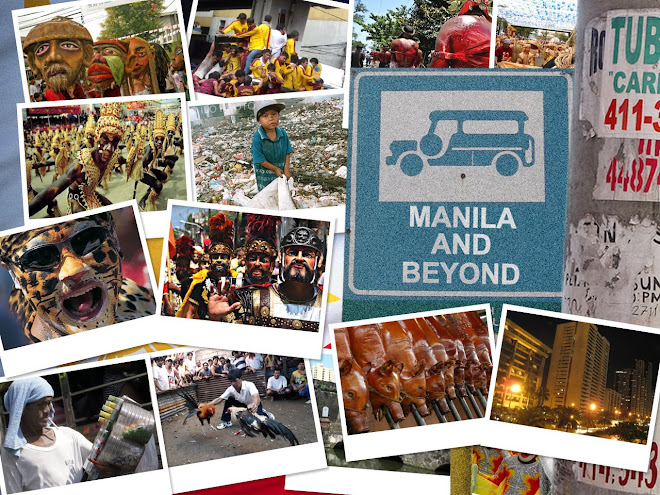I quote the Bulatlat website, which in turn states this based on gathered reports from the Metropolitan Manila Earthquake Impact Reduction Study (MMEIRS):
"...up to 35,000 residents of Metro Manila would die and up to three million others would need to be evacuated. In addition, some 175,000 buildings would be damaged. The pressure of collapsed buildings and the inability to rescue those who would be trapped inside would cause most of the deaths."
http://www.bulatlat.com/news/4-27/4-27-bigone.html
This is a grave warning that Manilans should never take lightly.
Protocols on what to do during earthquakes have been devised by some groups. The "Drop, Cover, Hold On" concept has been advocated by most, although has been countered at some points by the "Triangle of Life" concept specially at the issue of positioning oneself in relation to a table during an earthquake. The Drop, Cover, Hold On Protocol advocates going under the table, in contrast to the Triangle Of Life Protocol where the person is advised to sit beside (not under) the table.

Read on Drop, Cover, Hold On here.
Read on Triangle of Life here.
Phivolcs also has its own earthquake preparedness protocol in its site. Check it out here.
I personally would want you to take a look at all these protocols and be critical of their merits and demerits.
Keep in mind though that, unlike Japan, most of Manila's infrastructure are old and ill-maintained, that Manilans are not accustomed to earthquake drills...Manila and the rest of the Philippines are definitely not as well-prepared.
One thing is for sure, the word is preparedness. Remember that Japan and the Philippines are kindred countries that lie in the Pacific rim of fire...as such, earthquake awareness and preparedness should be almost automatic among Filipinos as well. Tall order, but it must be done.




No comments:
Post a Comment